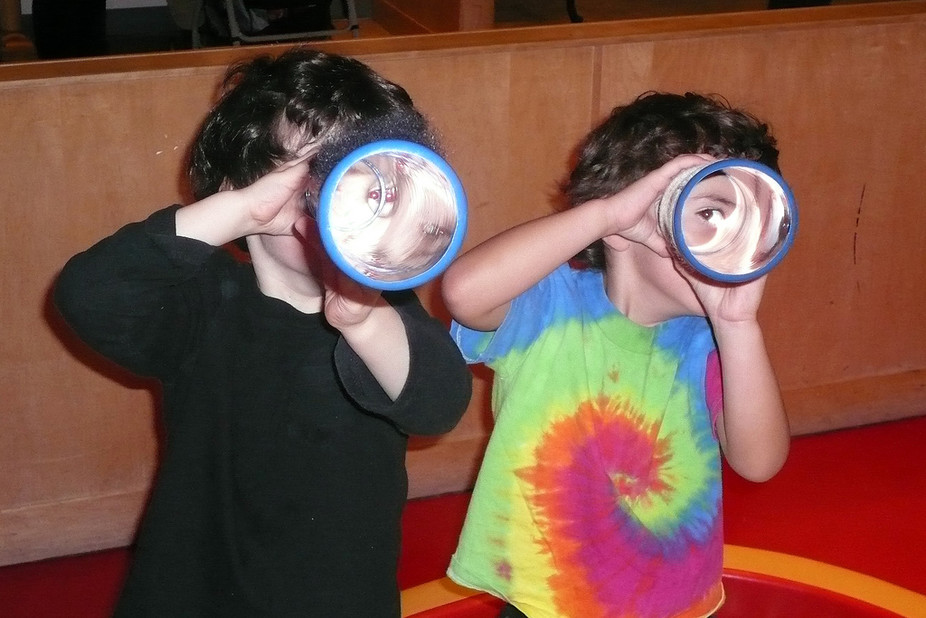Are you looking for strategies to help students finish what they start? If so, keep reading.
1. Connect with parents (e.g., notes home, phone calls, etc.) to disseminate information about the student’s progress. The parents may reinforce the student at home for properly changing from one learning experience to another at school.
2. Let logical consequences happen due to the student’s failure to finish a task (e.g., failing to finish a task will result in having to give up a leisure learning experience to finish an unfinished task).
3. Create rules for changing learning activities (e.g., finish one learning experience before moving on to another, put things away where they belong, return borrowed things in the same or better condition, finish cleanup on time, etc.). These rules should be consistent and followed by everyone in the class. Talk about the rules often.
4. Get the student to create a chart to follow that will let them finish all tasks.
5. Praise the student for demonstrating acceptable behavior based on the duration of time the student can be successful. As the student shows success, slowly increase the duration of time required for reinforcement.
6. Utilize more exciting or stimulating learning activities as a reward for finishing less exciting learning activities (e.g., finish paperwork before working on the computer).
7. Minimize the student’s involvement in learning activities that prove too stimulating for him/her.
8. Make the student put all learning materials away before moving on to a new learning experience.
9. Create a timeline for finishing a task.
10. Make the student finish a learning experience unless it is troublesome to the schedule.
11. Designate the student shorter learning activities. As the student shows success, slowly increase the length of the learning activities.
12. Designate short-term projects that can be quickly finished.
13. Create rules that are to be followed in several portions of the school building (e.g., lunchroom, music room, art room, gymnasium, library, playground, etc.) relating to appropriate transitions between learning activities.
14. Provide consistent expectations within the capacity and ability level of the student.
15. Praise those students in the classroom who change from one learning experience to another without difficulty.
16. Give the student an easily grasped list of consequences for unacceptable behavior.
17. Minimize the emphasis on competition. Competitive learning activities may cause the student to become impatient and leave learning activities unfinished.
18. Provide consistency in the classroom’s daily routine (schedule)s.
19. Make sure there is a designated space for all things in the classroom.
20. Assess the degree of task difficulty to ascertain whether the student will require additional information, time, assistance, etc., before starting a task.
21. Consider using assistive technology designed to help students to attention deficit hyperactivity disorder concentrate. Click here to view list of assistive technology apps that we recommend.





